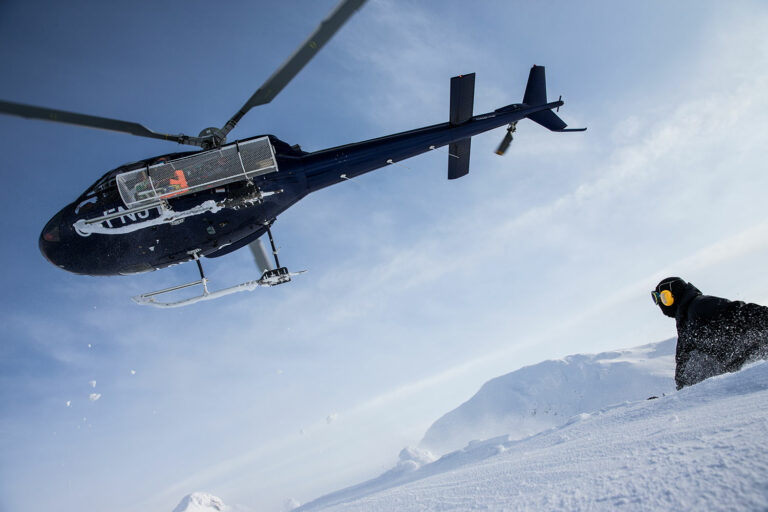Making sure you are covered on the slopes this winter should be a no brainer, but you’d be amazed at how many riders are prepared to take the dangerous and potentially financially crippling gamble. To be fair, it can be complicated to know what cover is best when bamboozled by different choices and worldwide variations. We hope we can help you out here – having to limp down the mountain with a mangled arm because you’re scared the blood wagon will bankrupt you is a situation no-one should ever subject themselves to.

Photo: Natalie Mayer
Before You Go
– Before you even pack your undies to go away on a snowboarding trip you must get yourself some travel insurance – For £25 (the cost of an average policy for 10-days) it really isn’t worth the grumble. Check out www.snowboardclub.co.uk who offer specialist snowboard insurance which caters for all your needs.
– A good insurance policy should cover all your snowboard kit up to about £1500, have both off-piste and snowboard park cover and personal liability cover (if you clatter into someone else basically). Check the small print regarding Off Piste carefully!
– If this seems like too much hassle and expense, at the very least make sure you have a valid E101/E111 form, which offsets the cost of basic medical care in many countries to the NHS.
Anything Else I Need to Worry About?
Just because you’ve been a sensible chap and bought yourself an all singing, all dancing insurance policy there are a couple of things you should be aware of – one is the infamous Carte Neige in France… some would say a slippery little bugger.
What is Carte Neige and what does it cover?
Carte Neige covers you for transport off the mountain, whether on or off piste. By showing your card to the pisteurs they will immediately take you off the hill, as all their costs will be met by the insurance. This part of getting injured can be the most expensive – especially if you need a helicopter ride which can be tens of thousands…yes really!
What next?
They then drop you off at the doctor’s surgery in resort. At this point, your Carte Neige is of no help to you at all. Carte Neige is not a full insurance policy – it’s a top-up cover designed to act in tandem with your own policy. It will reimburse only those costs not covered by your main insurance.
How does it work?
The treating doctor will want to see your E101/E111 forms or your insurance documents. They will probably charge you for treatment, and you will then have to claim this amount back from your insurance company. If you need to go to hospital, they will usually reclaim costs themselves rather than asking you for payment. Your Carte Neige will cover anything the NHS doesn’t, and any excess if you’re using private health insurance. But remember that they won’t pay until they see receipts for everything you’ve spent, so keep them safe now!
How much does it cost?
Carte Neige is approximately 35 Euros.
Any other general tips?
– When applying for insurance, make sure you state clearly which country you are going to and if there are any differences you need to be aware of. The cost of care can be much higher in certain countries like the USA and Japan.
– Always take a copy of your policy out with you when riding – worth having it on you just in case.
– Make sure you have repatriation in your policy; paying for yourself to get back home could be more painful than the injury itself.
– Always check what the policy offers regarding piste closure and how many runs have to be shut before you can claim benefits.





